THE EX-SCUDERIA FERRARI, EX-LUIS FONTES 1934 ALFA ROMEO P3 GRAND PRIX MONOPOSTO Chassis No. 50001 SF No.41 Engine No. 50004 Dark red with red leather seat and cockpit trim. Engine: 8-cylinder in-line, 2.9 litre, twin overhead camshafts, twin Roots-type superchargers, 265bhp at 5,400rpm; Gearbox: three speed manual; Suspension: front, beam-axle with semi-elliptic springs and friction-type dampers, rear, live axle with twin torque tube drive to bevel-gears and quarter-elliptic reversed springs, friction-dampers assisted by telescopic shock-absorbers; Brakes: four-wheel mechanical drum. Monoposto. Alfa Corse introduced the first production single-seater racing cars to the public in 1932 with a series of six cars built for the Factory Racing Team, managed by Enzo Ferrari. The car utilized the incredible Vittorio Jano-designed straight-eight engine enlarged to 2.6 litres, which had been developed in the Monza models racing with 2.3 litre engines. The new cars were a revelation, sweeping all before them in Grand Prix events with victories in Italy, France and Germany and backed up with a string of wins in other important European races. Despite this initial success however, Europe was in the grip of recession and at the start of the 1933 season the works withdrew the monopostos, leaving Ferrari forced to run a team of older Monza models, albeit fitted with the newer 2.6 engines. As a result of this, their star driver Tazio Nuvolari defected to the rival Maserati firm, and following some success with the Bologna concern, almost certainly persuaded Alfa Corse to reconsider their actions, and the Tipo B monoposto cars were released back to Enzo Ferrari for the remainder of the season in an attempt to retrieve the situation. At the beginning of 1934 Alfa announced that they would sell the monoposto cars to private buyers, causing several drivers to sell their existing cars and place orders, which the factory then cancelled. However, they changed tack again and proposed new cars and a revised driver line-up for the 1934 season under the newly-introduced 750kg Grand Prix Formula. Seven new cars were to be built (the series 2a cars) utilizing larger bored-out blocks increasing capacity to just under 3 litres. The compression ratio was raised along with increased supercharger pressure, so that the engine was now of 2905cc and gave 255bhp at 5400rpm, compared with the old unit output of 215bhp at 5600rpm from the 2.6 litre engines. Minor modifications were made to the bodywork, giving a wider cockpit and scuttle area, to conform to the new regulations. An innovative feature on all the P3s was the unique 'double-drive' system, consisting of a differential behind the gearbox with two propellor shafts enclosed by torque tubes coming out from it to form a V. Each of these led to a bevel gear in a small light alloy housing situated under the chassis frame. Jano utilized this complex but effective design to minimize unsprung weight, thus eliminating the conventional, but heavy live rear axle design. The revamped team now comprised an impressive line up of drivers including Achille Varzi, Louis Chiron, Marcel Lehoux, Count Trossi and newcomer Guy Moll; Nuvolari remaining committed to Maserati. The team continued under the excellent guidance from Enzo Ferrari, and the cars now all bore his own prancing-horse logo painted on the bonnets, replacing the Alfa quadrifoglio motif. A most promising season ensued with Guy Moll winning from Chiron at Monaco in the opening Grand Prix. Followed by another win, this time by Varzi winning from Chiron at Bordino in Alessandria. At Tripoli there followed a 1-2-3 victory for Varzi, Moll and Chiron thus placed. The Targa Florio race was won single-handedly by Varzi driving a road-equipped P3, while Chiron and Lehoux were first & third respectively at Casablanca. In none of these events however were the Alfas matched against the newly-developing German teams of Mercedes-Benz and Auto Union. The first head-to
THE EX-SCUDERIA FERRARI, EX-LUIS FONTES 1934 ALFA ROMEO P3 GRAND PRIX MONOPOSTO Chassis No. 50001 SF No.41 Engine No. 50004 Dark red with red leather seat and cockpit trim. Engine: 8-cylinder in-line, 2.9 litre, twin overhead camshafts, twin Roots-type superchargers, 265bhp at 5,400rpm; Gearbox: three speed manual; Suspension: front, beam-axle with semi-elliptic springs and friction-type dampers, rear, live axle with twin torque tube drive to bevel-gears and quarter-elliptic reversed springs, friction-dampers assisted by telescopic shock-absorbers; Brakes: four-wheel mechanical drum. Monoposto. Alfa Corse introduced the first production single-seater racing cars to the public in 1932 with a series of six cars built for the Factory Racing Team, managed by Enzo Ferrari. The car utilized the incredible Vittorio Jano-designed straight-eight engine enlarged to 2.6 litres, which had been developed in the Monza models racing with 2.3 litre engines. The new cars were a revelation, sweeping all before them in Grand Prix events with victories in Italy, France and Germany and backed up with a string of wins in other important European races. Despite this initial success however, Europe was in the grip of recession and at the start of the 1933 season the works withdrew the monopostos, leaving Ferrari forced to run a team of older Monza models, albeit fitted with the newer 2.6 engines. As a result of this, their star driver Tazio Nuvolari defected to the rival Maserati firm, and following some success with the Bologna concern, almost certainly persuaded Alfa Corse to reconsider their actions, and the Tipo B monoposto cars were released back to Enzo Ferrari for the remainder of the season in an attempt to retrieve the situation. At the beginning of 1934 Alfa announced that they would sell the monoposto cars to private buyers, causing several drivers to sell their existing cars and place orders, which the factory then cancelled. However, they changed tack again and proposed new cars and a revised driver line-up for the 1934 season under the newly-introduced 750kg Grand Prix Formula. Seven new cars were to be built (the series 2a cars) utilizing larger bored-out blocks increasing capacity to just under 3 litres. The compression ratio was raised along with increased supercharger pressure, so that the engine was now of 2905cc and gave 255bhp at 5400rpm, compared with the old unit output of 215bhp at 5600rpm from the 2.6 litre engines. Minor modifications were made to the bodywork, giving a wider cockpit and scuttle area, to conform to the new regulations. An innovative feature on all the P3s was the unique 'double-drive' system, consisting of a differential behind the gearbox with two propellor shafts enclosed by torque tubes coming out from it to form a V. Each of these led to a bevel gear in a small light alloy housing situated under the chassis frame. Jano utilized this complex but effective design to minimize unsprung weight, thus eliminating the conventional, but heavy live rear axle design. The revamped team now comprised an impressive line up of drivers including Achille Varzi, Louis Chiron, Marcel Lehoux, Count Trossi and newcomer Guy Moll; Nuvolari remaining committed to Maserati. The team continued under the excellent guidance from Enzo Ferrari, and the cars now all bore his own prancing-horse logo painted on the bonnets, replacing the Alfa quadrifoglio motif. A most promising season ensued with Guy Moll winning from Chiron at Monaco in the opening Grand Prix. Followed by another win, this time by Varzi winning from Chiron at Bordino in Alessandria. At Tripoli there followed a 1-2-3 victory for Varzi, Moll and Chiron thus placed. The Targa Florio race was won single-handedly by Varzi driving a road-equipped P3, while Chiron and Lehoux were first & third respectively at Casablanca. In none of these events however were the Alfas matched against the newly-developing German teams of Mercedes-Benz and Auto Union. The first head-to
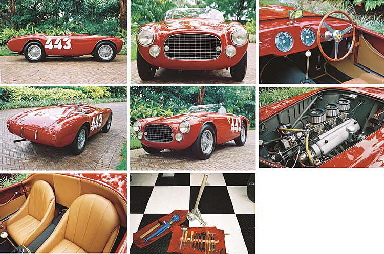

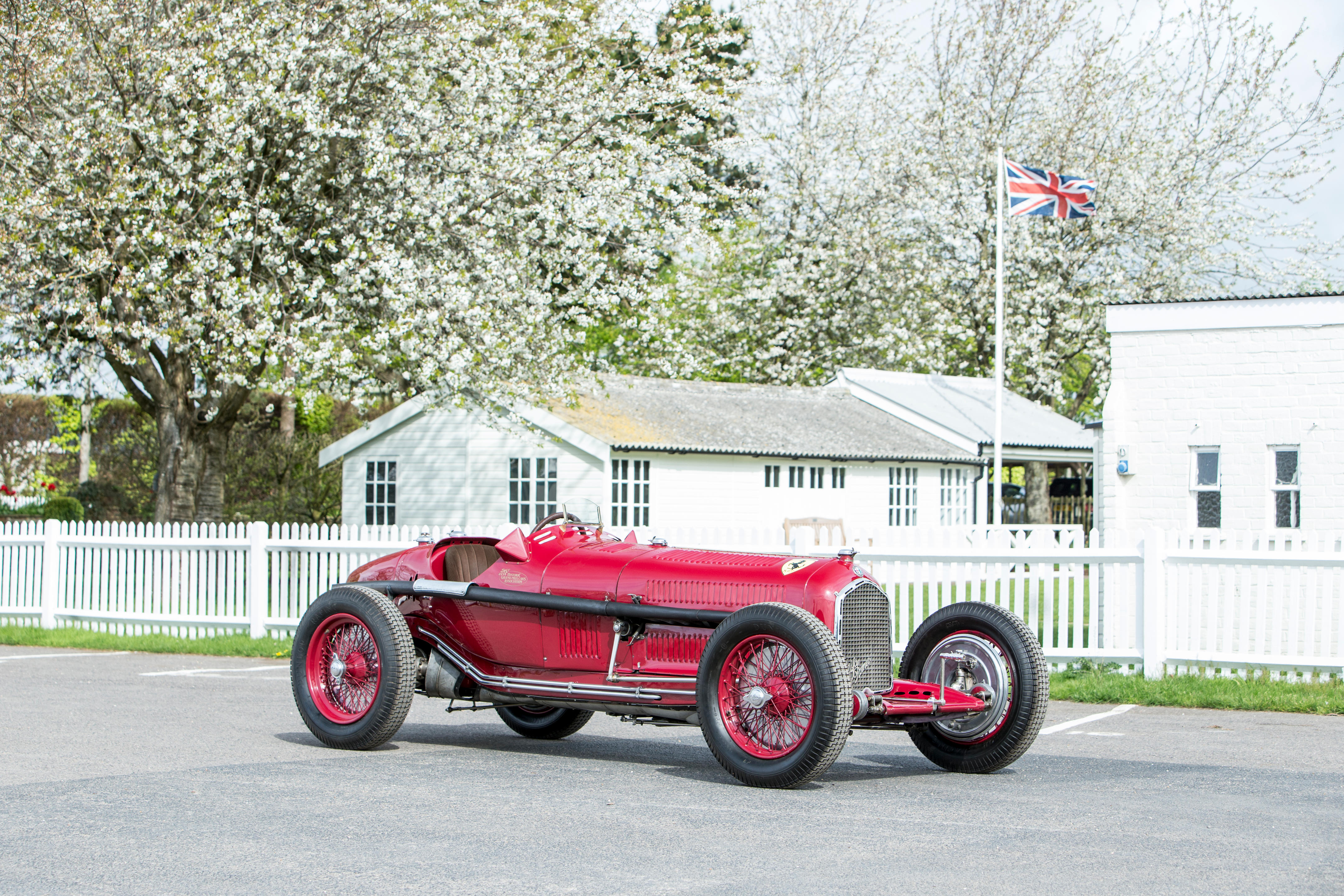
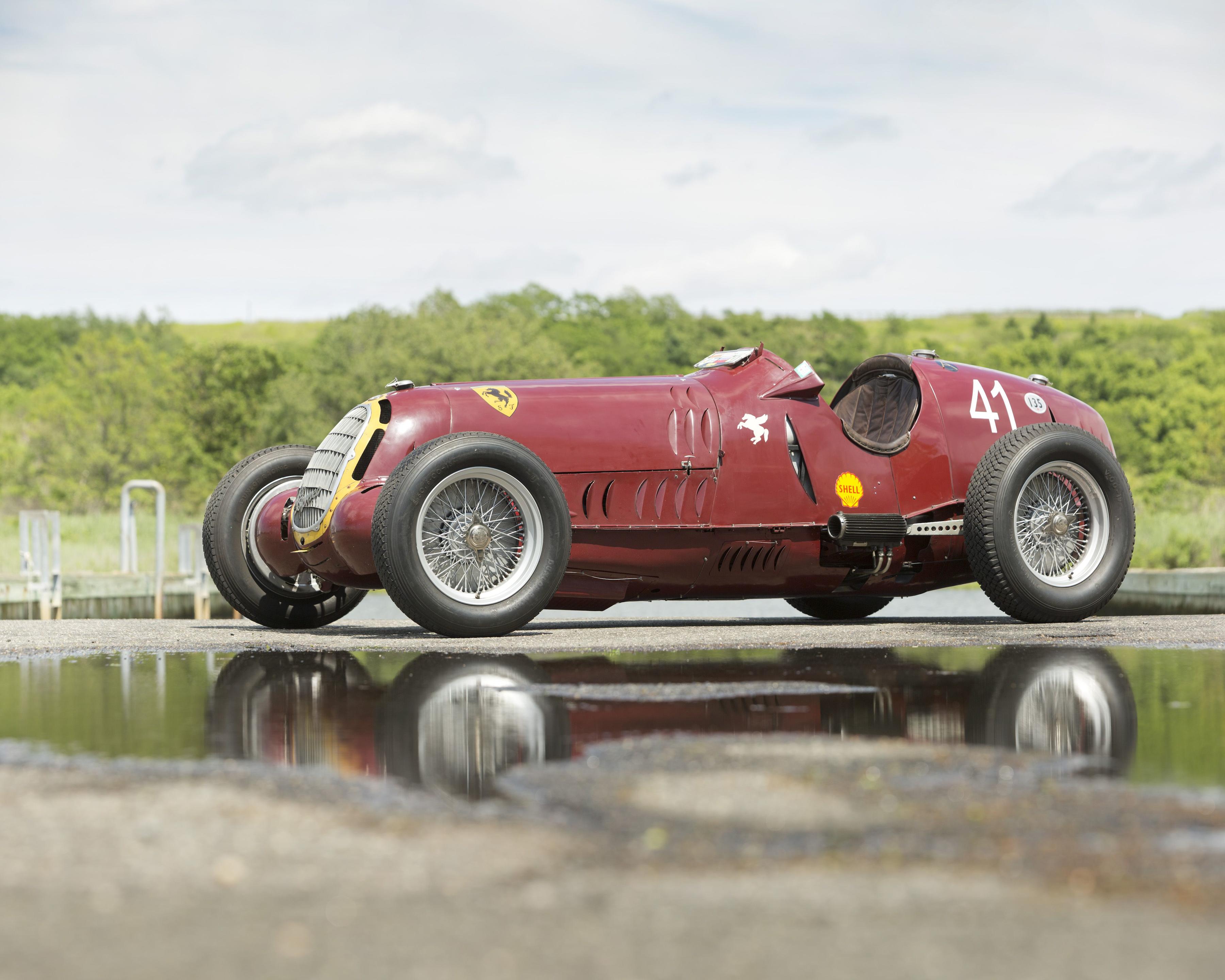
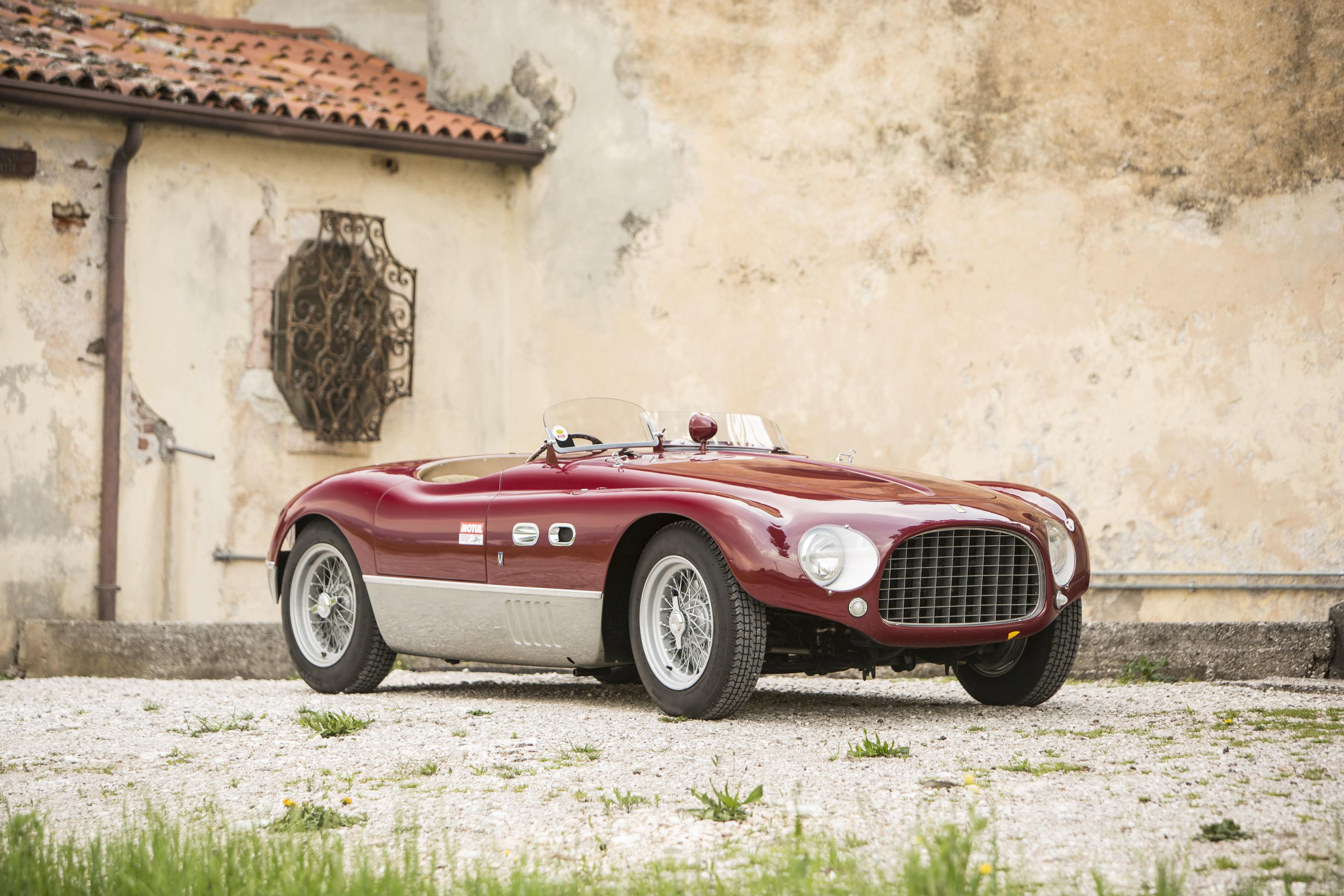

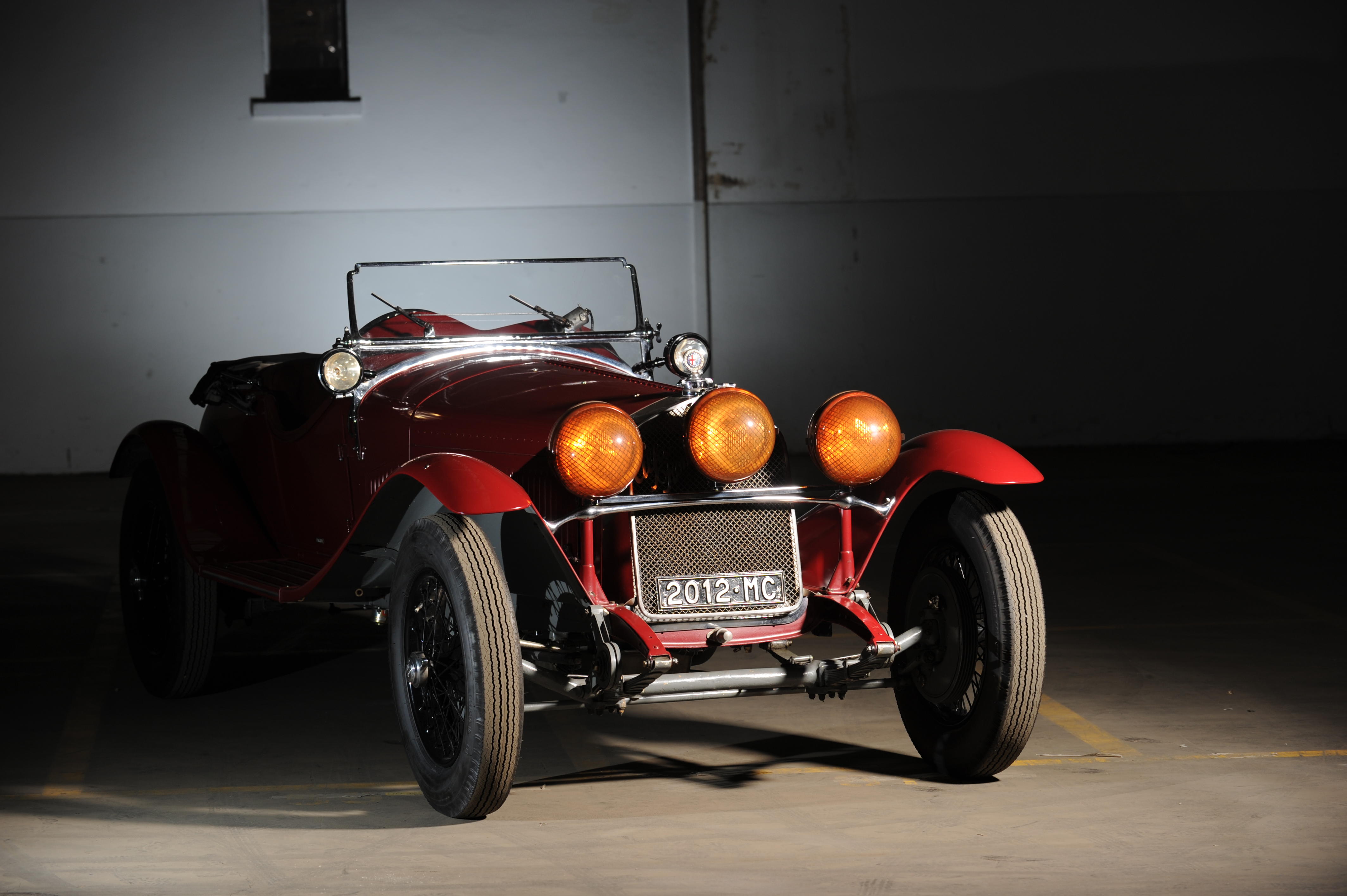

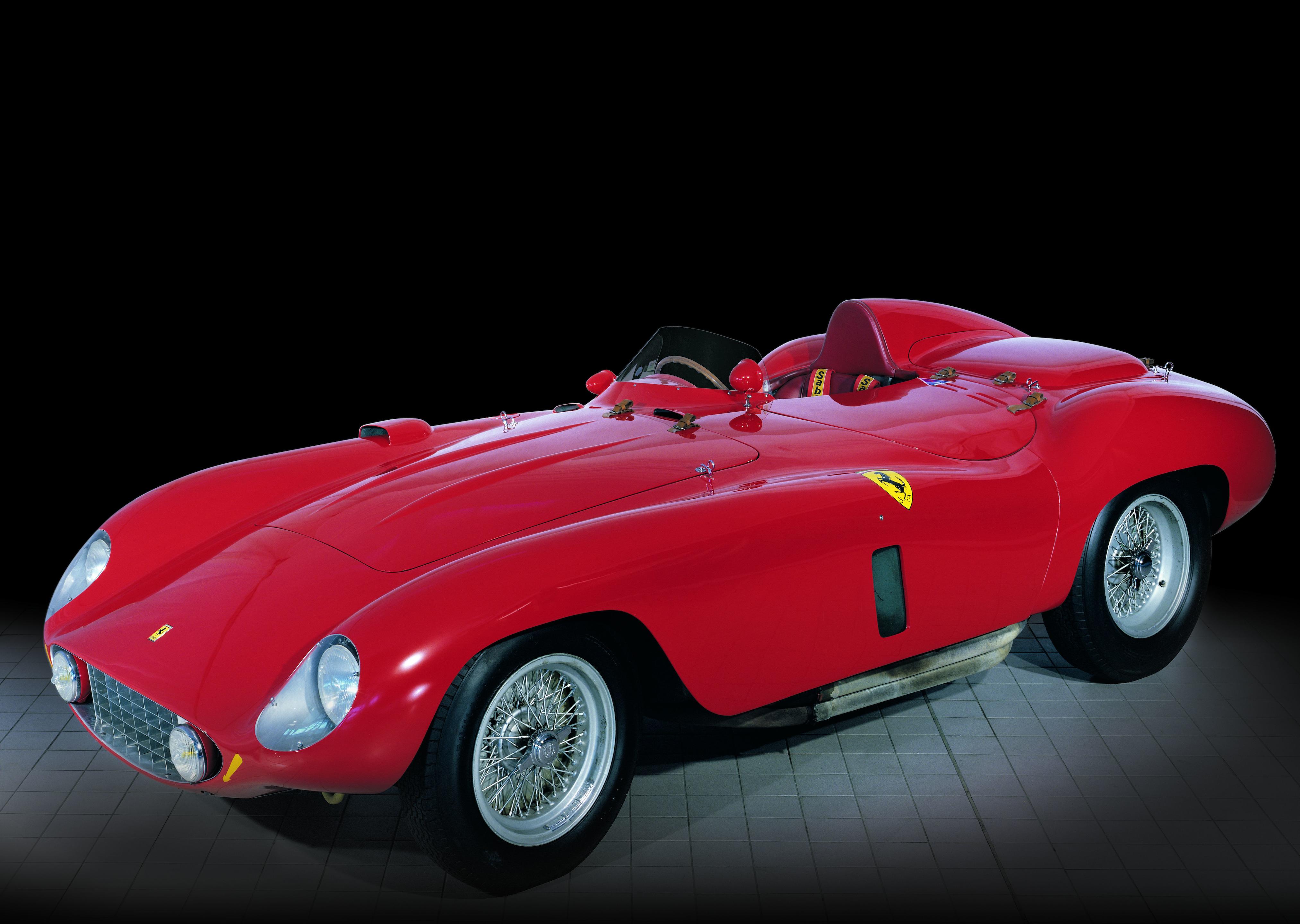
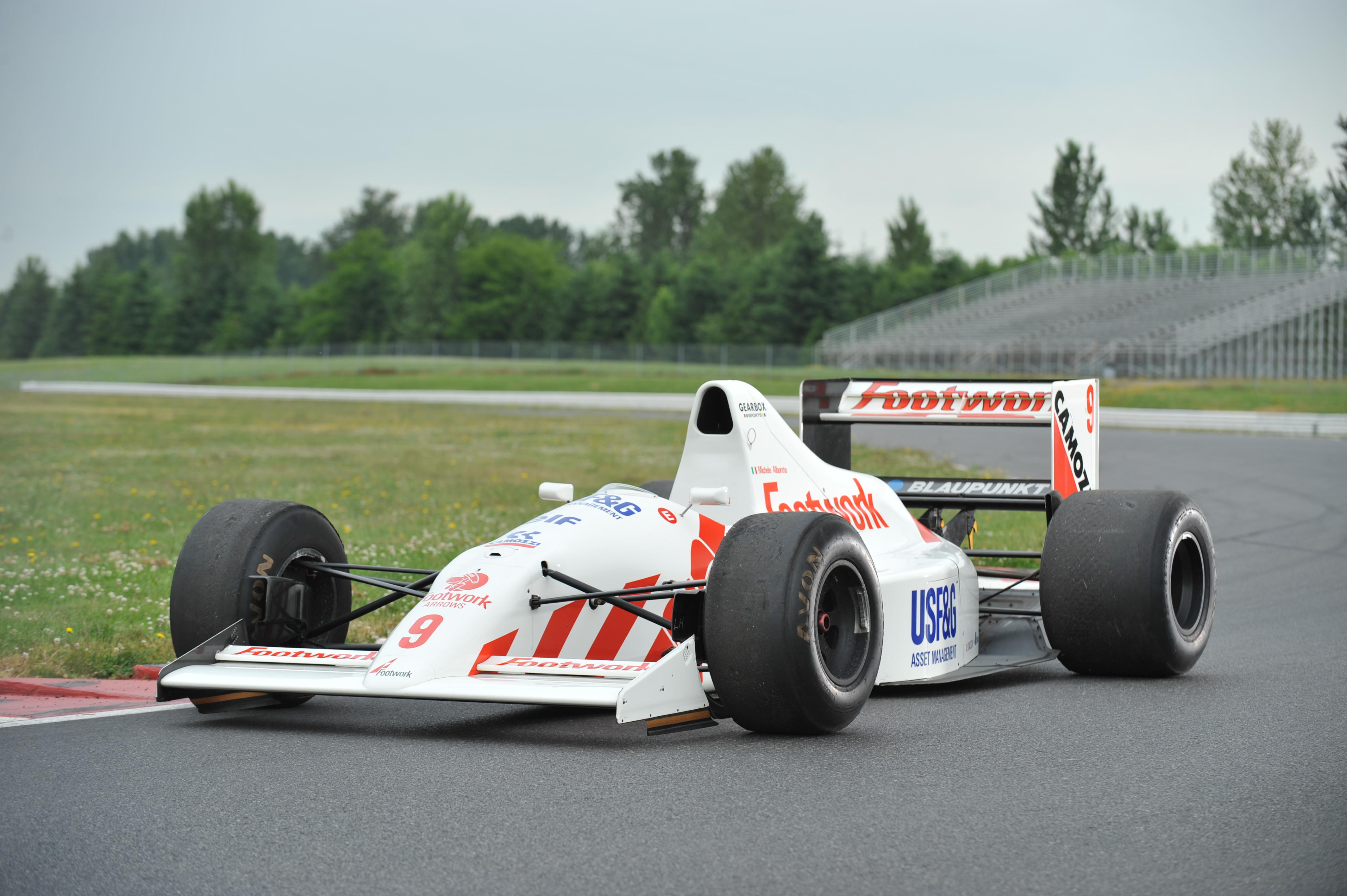
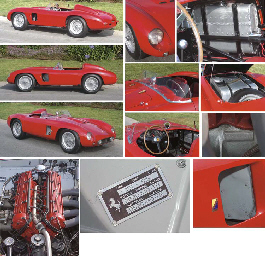


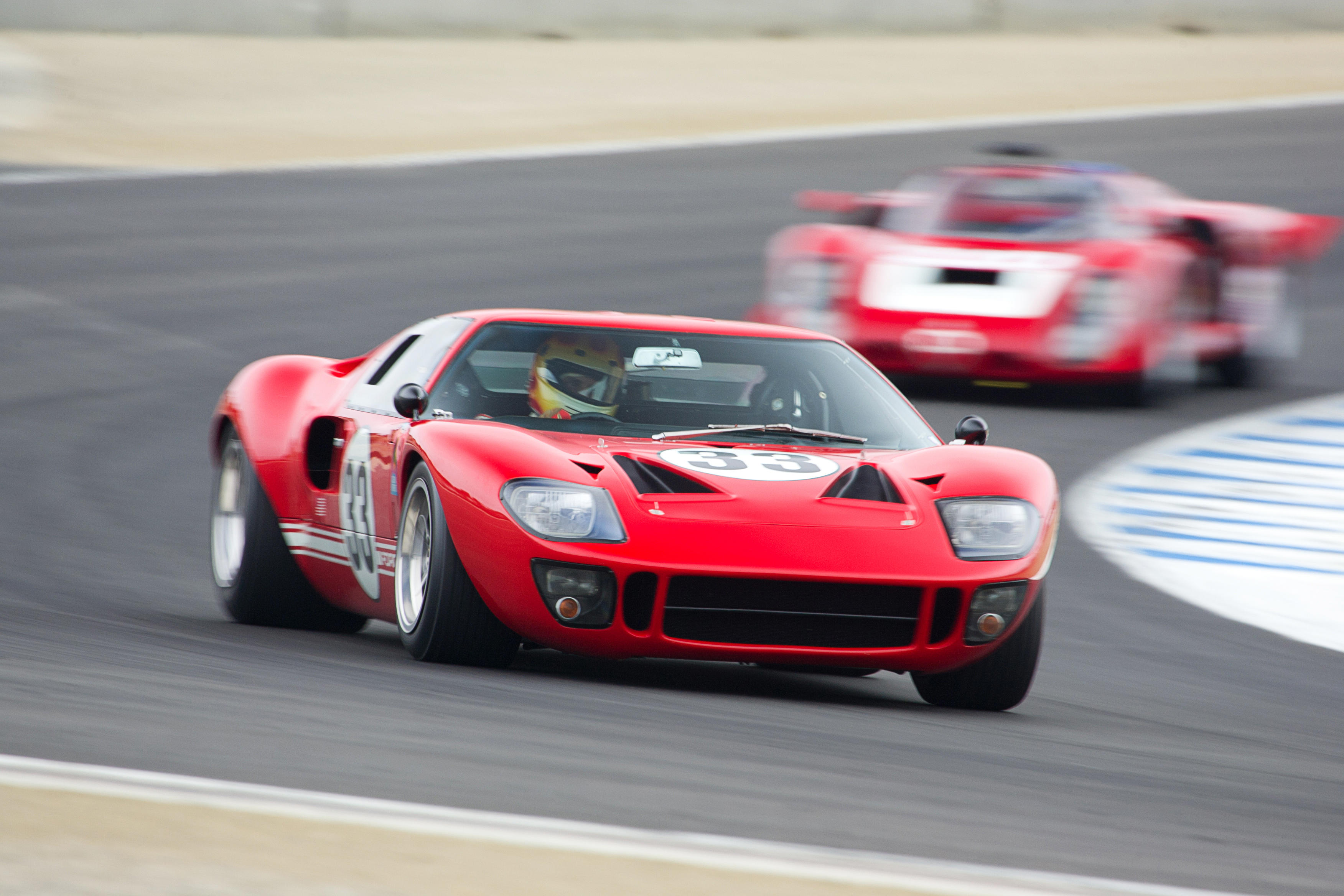

Testen Sie LotSearch und seine Premium-Features 7 Tage - ohne Kosten!
Lassen Sie sich automatisch über neue Objekte in kommenden Auktionen benachrichtigen.
Suchauftrag anlegen